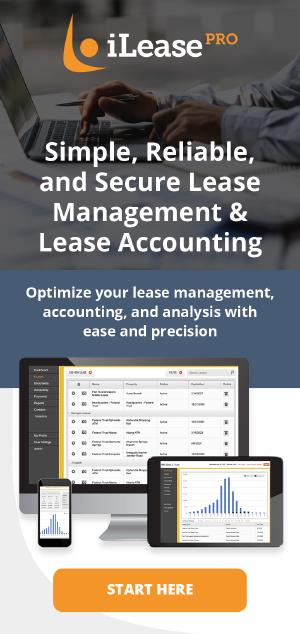How CFOs Can Mitigate Tax Risks with ASC 842

Fostering Continuous Improvement
The ASC 842 lease accounting standard, introduced by the Financial Accounting Standards Board (FASB), brought forth a paradigm shift in the way companies recognize and report lease obligations. While its primary aim was to enhance transparency in financial reporting, its complexity and nuances have paved the way for potential misunderstandings and misapplications. As the Chief Financial Officer (CFO) of an organization, it’s crucial to understand the profound impact of these inadvertent errors, especially concerning unintentional tax exposures, and the pivotal role of training and education in mitigating these risks.
The Risks of Misunderstanding or Misapplying ASC 842:
- Balance Sheet Distortions: One of the fundamental changes ASC 842 introduced was the requirement for lessees to recognize most leases on their balance sheets. Misunderstandings, such as incorrect classification of leases or miscalculation of lease liabilities, can lead to significant distortions in reported assets and liabilities.
- Income Statement Implications: Mistakes in recognizing lease expenses, be it through incorrect amortization schedules or failure to capture variable lease payments appropriately, can skew the company’s reported profits or losses.
- Deferred Tax Complications: Any disparity between financial reporting under ASC 842 and tax reporting can result in the creation of deferred tax assets or liabilities. Incorrect application of the standard can, therefore, lead to unintended deferred tax consequences.
- Regulatory Scrutiny and Penalties: Inaccuracies in financial reporting, stemming from misunderstandings of ASC 842, can attract regulatory scrutiny, potential restatements, and even penalties.
- Stakeholder Mistrust: Inaccurate financial statements, even if unintentional, can erode stakeholder trust and damage the company’s reputation.
The Power of Training and Education:
- Building a Solid Foundation: Comprehensive training ensures that the finance and accounting teams have a deep-rooted understanding of the ASC 842 standard. This foundation is vital to ensure correct application in diverse and often complex leasing scenarios.
- Regular Updates: The landscape of lease accounting, influenced by regulatory updates, market practices, and evolving business scenarios, is continuously changing. Regular training sessions can keep the team updated, ensuring compliance and accuracy in financial reporting.
- Case Studies and Simulations: Using real-life case studies and simulations during training can help teams understand the practical challenges and nuances of ASC 842, preparing them for real-world scenarios.
- Cross-functional Training: While the finance and accounting teams are at the forefront, other departments, like procurement or operations, also play roles in leasing activities. Cross-functional training can ensure a holistic organizational approach to lease accounting.
- External Workshops and Certifications: Encouraging team members to attend external workshops, webinars, or even pursue certifications in lease accounting can bring in external expertise and broader perspectives.
The complexities of ASC 842 are undeniable, but so are its implications for a company’s financial health and tax exposure. As a CFO, championing robust training and education initiatives isn’t just a proactive measure—it’s a strategic imperative. Ensuring that the team is well-equipped to understand and apply the standard correctly can safeguard the organization from unintended tax exposures, regulatory pitfalls, and the myriad challenges that misunderstandings can usher in.



